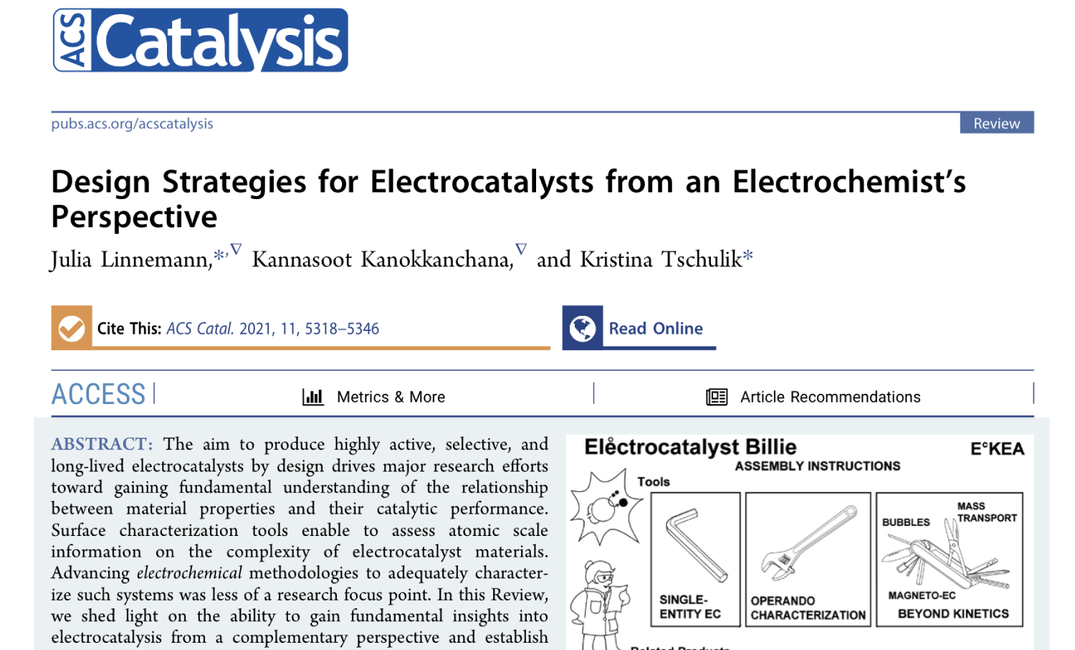Abstract
The aim to produce highly active, selective, and long-lived electrocatalysts by design drives major research efforts toward gaining fundamental understanding of the relationship between material properties and their catalytic performance. Surface characterization tools enable to assess atomic scale information on the complexity of electrocatalyst materials. Advancing electrochemical methodologies to adequately characterize such systems was less of a research focus point. In this Review, we shed light on the ability to gain fundamental insights into electrocatalysis from a complementary perspective and establish corresponding design strategies. These may rely on adopting the perceptions and models of other subareas of electrochemistry, such as corrosion, battery research, or electrodeposition. Concepts on how to account for and improve mass transport, manage gas bubble release, or exploit magnetic fields are highlighted in this respect. Particular attention is paid to deriving design strategies for nanoelectrocatalysts, which is often impeded, as structural and physical material properties are buried in electrochemical data of whole electrodes or even devices. Thus, a second major approach focuses on overcoming this difference in the considered level of complexity by methods of single-entity electrochemistry. The gained understanding of intrinsic catalyst performance may allow to rationally advance design concepts with increased complexity, such as three-dimensional electrode architectures. Many materials undergo structural changes upon formation of the working catalyst. Accordingly, developing “precatalysts” with low hindrance of the electrochemical transformation to the active catalyst is suggested as a final design strategy.
